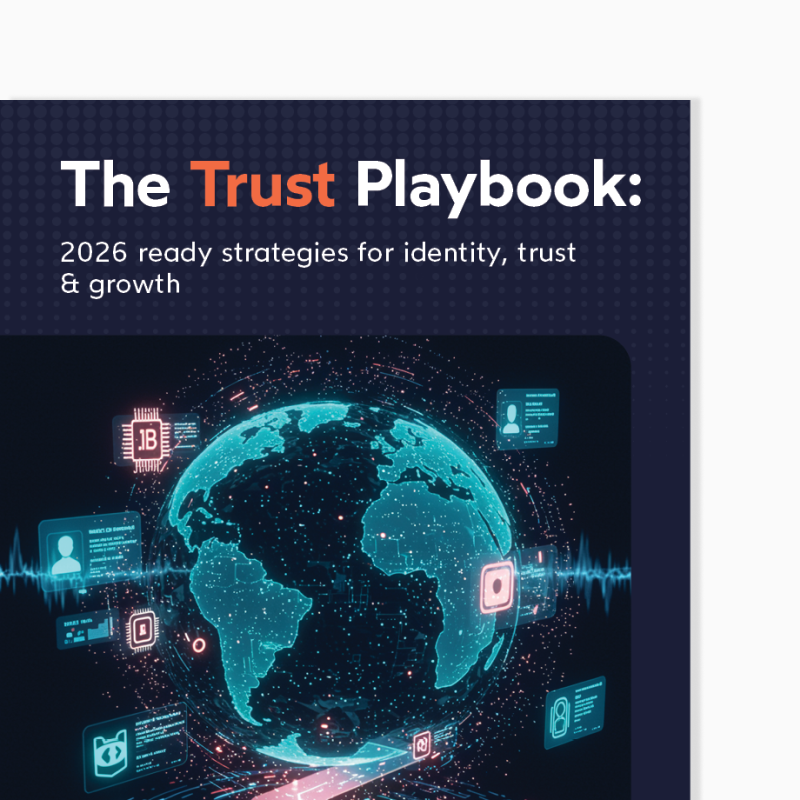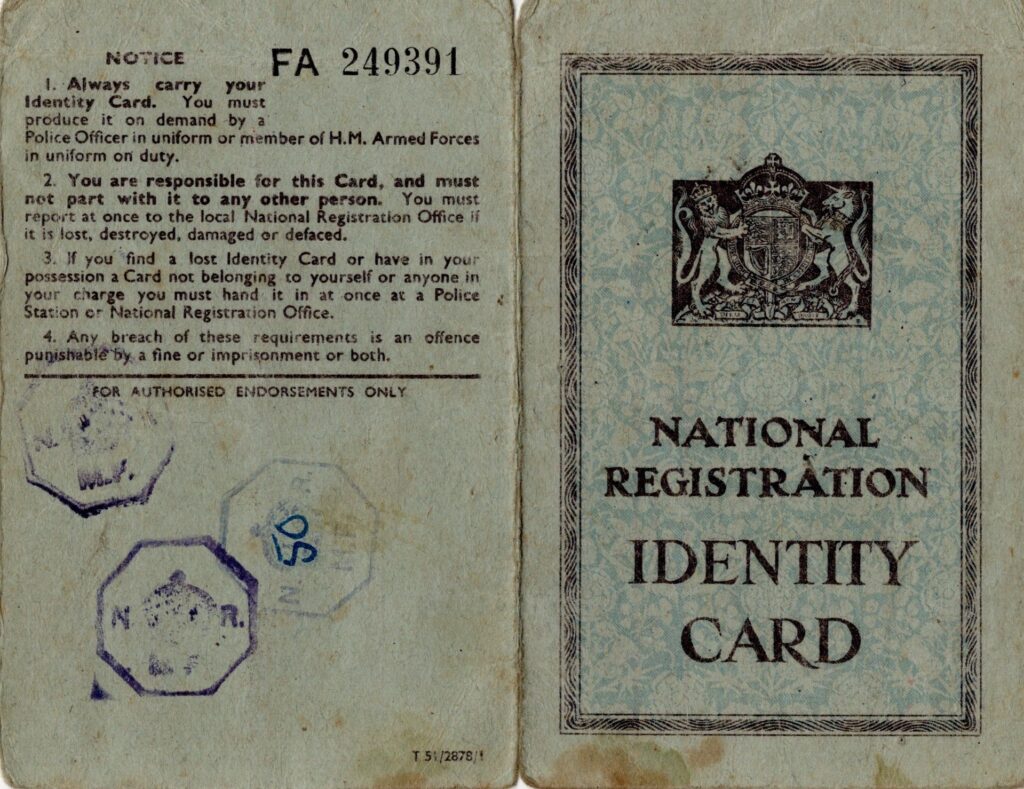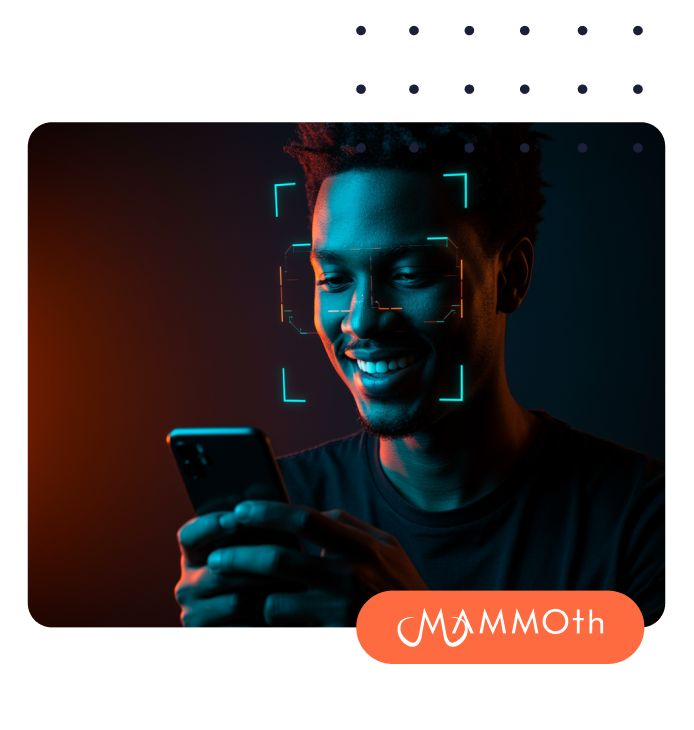From wax seals to biometrics, we explore the past, present and future of identity verification.
Verifying your identity used to be simple: you just had to sign your name and if you couldn’t write, mark an ‘X’. A simple and far from rigorous process – certainly one that wouldn’t pass today’s Know Your Customer rules or fly in today’s strictly controlled and regulated environments.
It’s safe to say that we’ve come a long way since signatures and wax seals, but the purpose of identity verification has remained consistent throughout history: to distinguish between individuals, establish trust, and allocate rights or responsibilities.
At IDnow, we’re obsessed with everything identity, and as one of the Heads of Product at IDnow, I’m particularly fascinated with the different ways in which we consciously and subconsciously identify ourselves.
For example, did you know that modern security cameras are now able to identify someone based on how they move? Siri, Alexa and Google Assistant don’t just listen to words — they analyze the frequency and rhythm of a voice to decide if it’s really the user and whether to provide the user profile’s private data.
Plus, fun fact: due to its unique shape, texture, and vein pattern, the human tongue could, theoretically, be used for personal identification. In fact, as a biometric identifier, a tongue can be as accurate as a fingerprint or iris. The main barriers to adoption include hygiene concerns, user discomfort, and technical challenges in consistent imaging. However, it’s perhaps only a matter of time until Apple devises a way to scan my tongue as I speak into my iPhone…
There has also been research into the viability of using brain reactions to stimuli (e.g. flashing lights or sounds) as biometric identifiers as brain signal patterns are nearly impossible to fake.
At IDnow, we’re also fascinated with the future of digital identity verification. But before we look ahead, let us first investigate the history of identity verification.
The Trust Playbook.

8 milestones in the history of identity verification.
- Pre 3000 BC: It can be assumed that as people in small tribes and communities tended to all know each other, no formal documentation was ever needed. Recognition was based on appearance, voice, posture, or habits. Tattoos, scars, or tribal markings were, however, used to signify group identity or status.
- 3000BC to 300AD: Alongside the birth of larger civilizations like Mesopotamia, Egypt, and Rome came written records. Population registries (some found on stone tablets), often tied to occupation, parentage, or land ownership, date back to 3000BC.
Ancient Rome used written census rolls to verify citizens for taxation and military service purposes. Local scribes with local knowledge would often be used as the first level of identity verification. It was also during this period when individuals started to use engraved rings or stamps to validate their identity or to press into wax seals to authenticate documents.
- 300 to 1500: References to letters permitting travel through Persian territories, (which many consider to be the first passport) were found from the 5th century. By the 15th century, official documents called “safe conducts” were used by the British Empire to allow subjects to travel abroad safely. Passports soon followed providing official identification for travel purposes.
- 1500 to 1800: In the early modern period, signatures started to become used as the legal mark of a personal identity, especially in the agreement of contracts.
- 1800 to 1900: By the industrial age, identity records were centralized and state-backed with various governments forming civil registries. Photos began appearing on official documents and fingerprints were being used to identify individuals. The first documented use of fingerprint analysis occurred in 1892 in Argentina to prove a murder case.
- 1900 to 1990: Birth certificates and Social Security Numbers started to become standard across most nations whilst driving licenses and passports became the most common identity documents. Other countries introduced national identity cards. Even, as I recently discovered whilst sorting through items at my mother’s house, my grandmother. Of course, the UK has always had a very different approach to identity verification.
By the late 20th century, we started to see a shift from recognition to authentication. Biometrics, including fingerprints, facial features, and retina scans were introduced to gain access to high-security environments. The first retina scan was used in 1984 to enter secure US government facilities.

- 1990 to 2013: The digital age was the period when identity became portable. Usernames and passwords became the norm to access online services, and email and social media accounts became informal identity layers. This was also when digital signatures and encryption were first used in official documents.
In 2013 we saw the introduction of the iPhone Touch ID, which brought biometrics into mainstream consumer technology. (Face ID would follow in 2017.) Unfortunately, fraudsters were not far behind and shortly after the introduction of these innovative methods of identity verification came an increase in fraudsters using creative ways to hack digital services.
In 2014, IDnow was founded in Munich, Germany and launched its flagship product, VideoIdent. Our expert-led video identity verification service was considered revolutionary at the time as it enabled organizations to offer the same legal equivalency as an in-person identity verification and had just been allowed by the German Federal Financial Supervisory Authority (BaFin).
- 2014 to 2024: During this decade, a variety of identity verification and digital signature solutions were added to the IDnow portfolio, including the AI-supported, fully automated AutoIdent identity verification solution.
In 2021, IDnow acquired the French market leader for identity verification technology, ARIADNEXT, and the German provider identity Trust Management AG, establishing us as one of the largest European players in the identity industry. It was during this decade that industries at large adopted automated identity verification. From scanning passports at airports to unlocking phones and accessing apps, the public now uses sophisticated AI and biometrics to validate their identities daily. They use smart watches to track biometric signals, and have become used to increased security measures, such as multi-factor authentication.
What’s coming next? 2025 – 2035.
Here are just a few trends that we’re likely to see soon in the identity space. Many organizations will start to focus on integrating self-sovereign identity into their platforms, where the individual owns their own data and identity is delivered through decentralized systems, such as blockchain. Here, data is shared only on a need-to-know basis. A great user experience if you want to prove your age without sharing your date of birth, for example.
Regulation will continue to evolve around access to data stored on NFC (Near-Field Communication) chips, which are often embedded in ID cards and documents. In the past, access to this data tended to be restricted to government agencies.
There is also an industry-wide drive toward improving customer experience, especially with regards to reducing authentication time. This will likely become easier and more widespread as individual governments and industries start to issue digital identity credentials that can be stored in a digital wallet.
We are also seeing the growth of cross-border & global interoperability through emerging global standards like W3C Verifiable Credentials and ISO 18013-5 for mobile IDs. Projects including eIDAS 2.0 in the EU aim to make digital identities and digital wallets usable across multiple countries, while the upcoming Anti-Money Laundering Regulation will set out what methods of identity verification will become compliant in the near future.
The future of identity verification.
As the market evolves at lightning speed, the businesses of tomorrow will need more than basic verification, they’ll need trust solutions that are continuous, intelligent, and built to scale. To succeed in the future, businesses will need to stay ahead of regulatory changes, outsmart new fraud threats, and deliver standout customer experiences.
At IDnow, our mission is simple: we’re not just another service provider. We’re a trusted partner in identity orchestration. Powered by AI and delivered through our robust SaaS platform, we help businesses navigate the digital landscape with confidence. From seamless identity verification and real-time fraud prevention to adaptive compliance, we ensure trust is woven into every transaction and every interaction.
Looking ahead, one thing is clear: trusted identity verification will drive every successful strategy, every smooth transaction, and every enduring customer relationship.
At IDnow, we’re here to make sure you’re ready for that future.
Interested in more insights from our subject matter experts? Click below!
- Former INTERPOL Coordinator, and current Forensic Document Examiner at IDnow, Daniela Djidrovska explains why IDnow offers document fraud training to every customer, regardless of sector.
- Research Scientist in the Biometrics Team at IDnow, Elmokhtar Mohamed Moussa explores the dangers of face verification bias and what steps must be taken to eradicate it.
- Research Scientist at IDnow, Nathan Ramoly explores the dangers of deepfakes and explains how identity verification can help businesses stay one step ahead of the fraudsters and build real trust in a digital world.
- Senior Architect at IDnow, Sebastian Elfors explains how technical standards are moving from technical guidelines to legal foundations — and what that means for banks, fintechs, wallet providers, and every European citizen.
By

Jonathan Underwood
Head of Product at IDnow
Connect with Jonathan on LinkedIn



